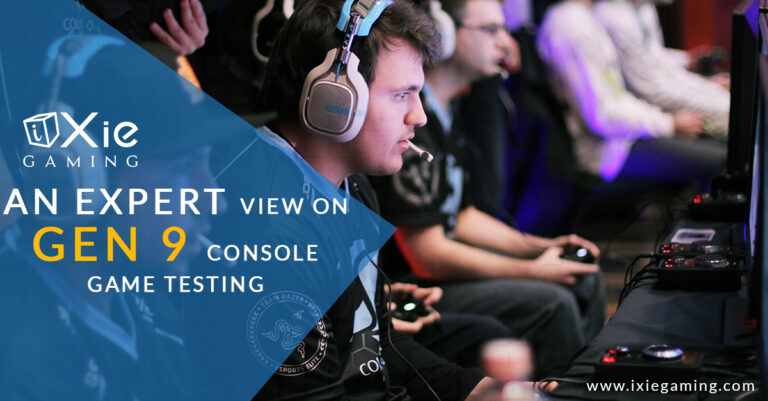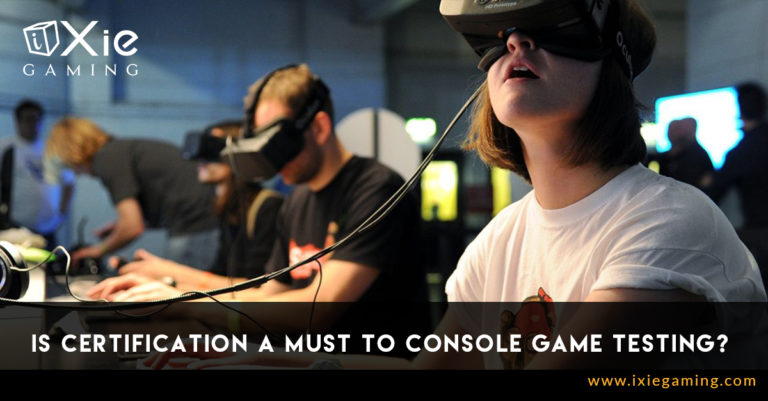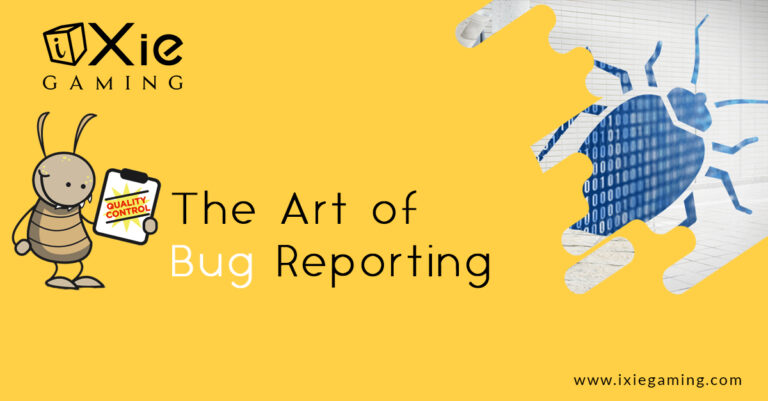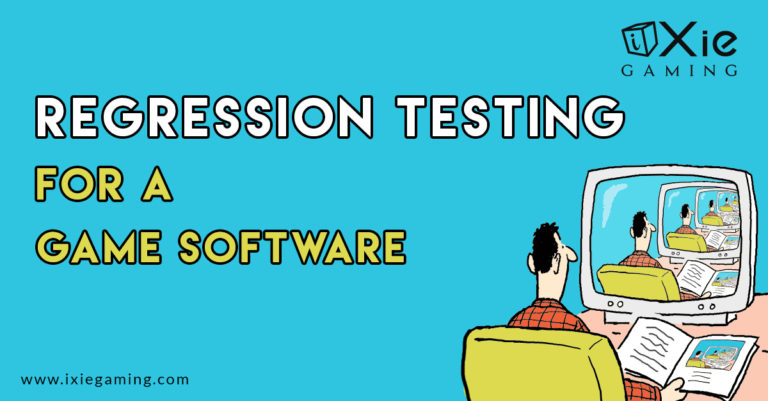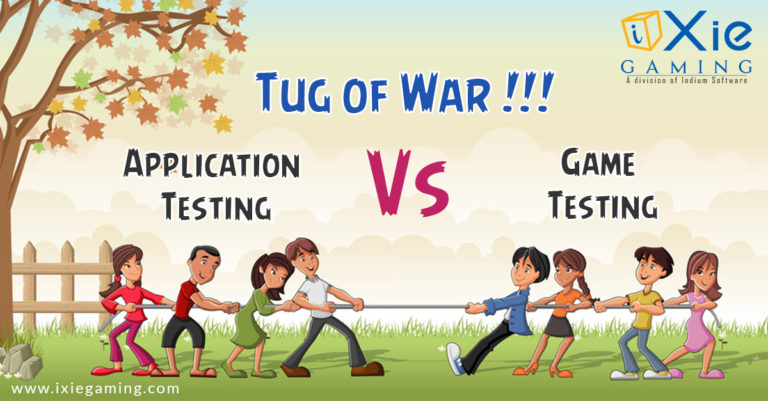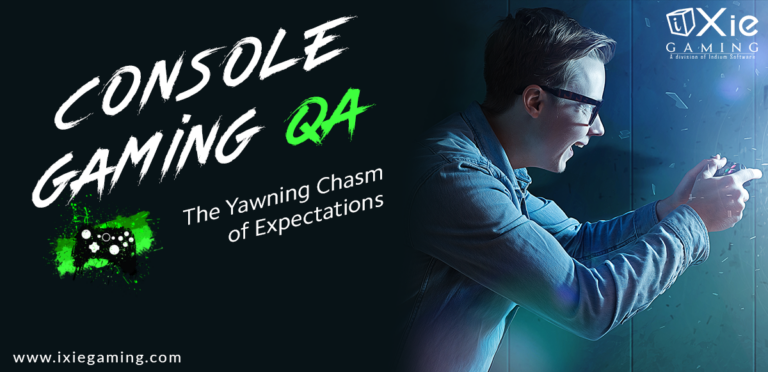Testing your game before releasing it to the public is crucial. It helps you identify, document, and mitigate defects and bugs in your video game. This improves the game’s overall performance, stability, and security. Also, game testing increases the chances of your game’s success.
Gameplay testing is a crucial part of game QA. It is used to test the game’s design. Gameplay testing is done before launching the game to identify and mitigate issues in the game’s design, controls, graphics, and mechanics, to mention a few. But what is gameplay testing? And how does it work? Join us as we explore these aspects of gameplay testing and more.
What is Gameplay Testing?
Gameplay testing, also called playtesting, is the process of having testers play a game to identify issues, collect feedback, and enhance its quality before official release. This process can be done at different phases of game development. For instance, alpha gameplay testing occurs at the early stages of development, whereas beta testing occurs at the later stages of development, whereby the game is nearly complete.
Dimensions of Gameplay Testing
The gameplay testing is subdivided into four dimensions:
1. Functional Crowd Testing
Unlike functional testing, functional crowd testing aims at identifying generic issues within the game and its interface. It involves checking primary game problems, such as:
- Audio-visual quality
- Font size
- Color
- Messages, etc.
Functional crowd-testing is done by the highest number of testers to ensure every generic problem is identified. Also, it helps developers get quick feedback on bugs and defects.
2. Gameplay Crowd Testing
There are lesser number of gameplay crowd testers than functional crowd testers. This dimension of gameplay testing provides an all-in-one solution for general gameplay optimization. It involves analyzing the specific requirements of the developers and delegating the testing tasks in a more organized manner.
Basically, gameplay crowd-testing involves six steps, including the following:
- Identifying the requirements of the game
- Recruiting players
- Managing a confidential test process
- Distributing tasks
- Launching the testing process
- Reporting the testing output
The gameplay crowd-testing process is usually supported by many registered players, a professional game-testing team, and a management distribution platform. This ensures more efficient and customized solutions to the game.
3. Competitor Assessment
The competitor assessment process involves assessing 3-5 game competitors. During this process, testers analyze the game design of related games, identify their respective pros and cons, and give a general improvement strategy.
4. Core Gameplay Evaluation
This gameplay testing dimension focuses on testing cases on specific gameplay instances. It assesses a particular service or feature of a game by setting multiple data values and variables to the game and running it in the runtime environment. This helps determine how the game will run when players input different variables, preventing potentially unpleasant player experiences.

How Does Gameplay Testing Work?
The general gameplay testing framework is the first step to delivering a high-quality game. Here is how gameplay testing works to drive towards achieving a seamless gameplay experience:
1. Define Objectives
Before launching gameplay testing, developers must create clear goals and objectives. This will help them determine the aspects they look to improve or test. Some common goals and objectives of gameplay testing include:
- Testing the game’s mechanics
- Evaluating the overall fun factor
- Finding glitches and bugs
- Assessing player engagement
2. Choose Testers
To gather enough feedback from gameplay testing, you must select testers based on the target audience. Testers can be professionals hired, external volunteers, or even internal team members.
Consider selecting diverse testers. They can offer different insights and perspectives, leading to more comprehensive gameplay testing feedback.
3. Create Test Plans and Conduct Testing Sessions
Once you’ve chosen your testers, develop a test plan outlining the specific tasks, tests, and scenarios your testers will perform. Clarify the objectives they should meet and allow them to perform the test sessions. This may be done remotely based on the circumstances.
As a developer, you must pay close attention to the testers’ feedback, comments, and any issues they may encounter during gameplay testing.
4. Analyze Feedback and Prioritize Issues
During and after the testing sessions, document every feedback from the testers. Analyze the issues raised, including bug reports, suggestions for improvement, and usability issues. Prioritize them based on their impact on the gameplay experience and the resources available to ensure the issues with the most significant impact are addressed first.
5. Repeat, Iterate, and Improve
Perform gameplay testing iteratively to enhance test coverage. Also, make the necessary improvements and changes to the game depending on the issues identified and feedback. This will help gather feedback on the changes made, ensuring the final product is free of functional errors and bugs.
6. Final Testing
As your game nears completion, perform a final round of testing, also known as beta testing. This testing is done to ensure the game is enjoyable and stable for a broader audience. Also, it confirms all the feedback has been considered, guaranteeing that the game delivers a smooth gameplay experience.

7. Release
After the final testing, the game is ready for official release. Here, you should rest assured that players do not experience undesirable errors or failures in the game. This is crucial for the overall success of your game.
8. Post-Launch Updates
Gameplay testing doesn’t end at the release phase. As a developer, you must continuously monitor player feedback, observe in-game metrics, and analyze data to gain valuable insights into the players’ experiences.
This ongoing process involves the release of post-launch updates, downloadable content, and patches. These game updates and patches enhance gameplay and improve security while addressing unforeseen issues in the future.
Remember, the nature of post-launch updates and testing is vital in ensuring the long-term success of your game. It helps include new player demands, making the game more relevant and satisfying in the long run.
Final Thoughts
Gameplay testing is essential in ensuring your game meets its design specifications and other gameplay mechanics. Its dimensions, from functional and gameplay crowd-testing to competitor evaluations, help developers build games that meet the market requirements. Simply put, gameplay testing is arguably the foundation of games with higher commercial success and player satisfaction.

